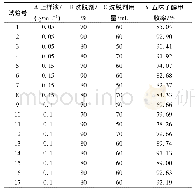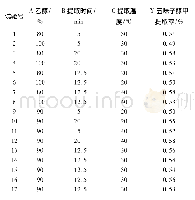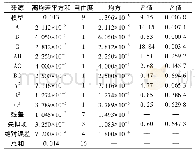《Table 4Comparison of surface-finishing techniques for AM-fabricated parts.》
Hybrid manufacturing systems integrate AM with either subtractive or other assistive systems to improve the productivity and customization capability of the machine systems[141–143].Hybrid systems in AM typically involve the integration of laser systems with CNC milling machines by mounting the laser cladding head(in case of LMD)to the z-axis of the milling machine[143].Overall,the system design should improve the build capability,accuracy,and surface finish of the structures,with minimal postprocessing.In the case of powder-bed fusion additive manufacturing(PBF-AM),hybrid systems are rarely available,with the exception of Sodick OPM250E and Matsuura LUMEX Avance-25[144],although the surface quality of the components after PBF-AM has always been an issue[128].Despite the many efforts that have been made toward microfabrication in powder-bed AM processing,no hybrid systems that include additive and subtractive machining have been developed to fabricate metallic materials at the microscale.In comparison with the finishing processes listed in Table 4,laser re-melting,or laser polishing,seems to be the most feasibleoption for integration with micro SLM to develop a hybrid system.Either the same laser source or a different laser source can be used within the existing SLM system.Nevertheless,it should be acknowledged that every finishing technique has its own advantages and limitations,and selecting an ideal technique depends upon the initial conditions of the SLM-fabricated part and the finishing requirements.Therefore,it is rational to improve the capabilities of the SLM technique to fabricate features with a fine surface finish,in order to eliminate the need for any secondary finishing.
| 图表编号 | XD001944700 严禁用于非法目的 |
|---|---|
| 绘制时间 | 2019.08.01 |
| 作者 | Balasubramanian Nagarajan、Zhiheng Hu、Xu Song、Wei Zhai、Jun Wei |
| 绘制单位 | Singapore Institute of Manufacturing Technology (SIMTech), Agency for Science, Technology and Research (A*STAR)、Singapore Institute of Manufacturing Technology (SIMTech), Agency for Science, Technology and Research (A*STAR)、Singapore Institute of Manufact |
| 更多格式 | 高清、无水印(增值服务) |
 提示:宽带有限、当前游客访问压缩模式
提示:宽带有限、当前游客访问压缩模式





